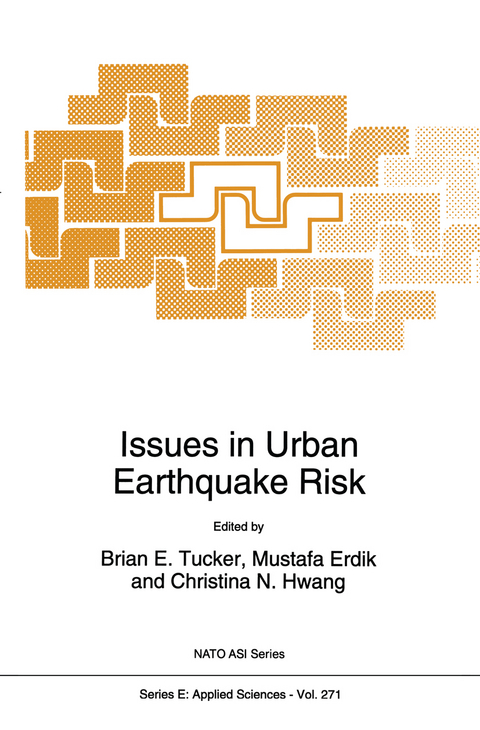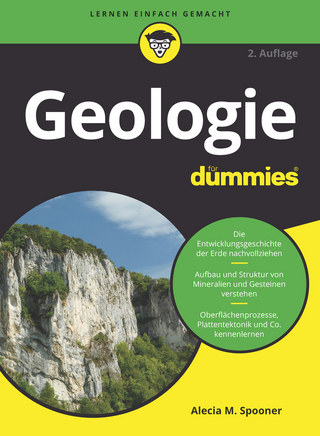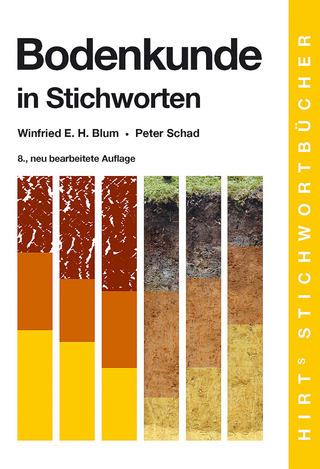
Issues in Urban Earthquake Risk
Springer (Verlag)
978-90-481-4419-8 (ISBN)
Urban seismic risk is growing worldwide and is, increasingly, a problem of developing countries. In 1950, one in four of the people living in the world's fifty largest cities was earthquake-threatened, while in the year 2000, about one in two will be. Further, ofthose people living in earthquake-threatened cities in 1950, about two in three were located in developing countries, while in the year 2000, about nine in ten will be. Unless urban seismic safety is improved, particularly in developing countries, future earthquakes will have ever more disastrous social and economic consequences. In July 1992, an international meeting was organized with the purpose of examining one means ofimproving worldwide urban safety. Entitled "Uses ofEarthquake Damage Scenarios for Cities of the 21st Century," this meeting was held in conjunction with the Tenth World Conference ofEarthquake Engineering, in Madrid, Spain. An earthquake damage scenario (EDS) is adescription of the consequences to an urban area of a large, but expectable earthquake on the critical facilities of that area. In Californian and Japanese cities, EDSes have been used for several decades, mainly for the needs of emergency response officials. The Madrid meeting examined uses of this technique for other purposes and in other, less developed countries. As a result of this meeting, it appeared that EDSes bad significant potential to improve urban seismic safety worldwide.
Some Remarks Concerning Worldwide Urban Earthquake Hazard and Earthquake Hazard Mitigation.- Socioeconomic and Political Considerations in Developing Earthquake Damage Scenarios in Urban Areas.- Seismological Information Necessary for Beneficial Earthquake Risk Reduction.- Geotechnical Aspects of the Estimation and Mitigation of Earthquake Risk.- Estimation of Earthquake Damage to Buildings and Other Structures in Large Urban Areas.- Creating the Scenario and Drafting Earthquake Hazard Reduction Initiatives.- The Quito Project: Technical Aspects and Lessons.- Governmental Aspects of the Earthquake Damage Scenario Project of Quito, Ecuador.- Developing a Comprehensive Earthquake Disaster Masterplan for Istanbul.- Seismic Risk on the Territory of the City of Yerevan, Armenia.- Status of Seismic Hazard and Risk Management in Kathmandu Valley, Nepal.- Earthquake Disaster Countermeasures in Saitama Prefecture, Japan.- Arguments for Earthquake Hazard Mitigation in the Kamchatka Region.- Seismic Risk and Hazard Reduction in Vancouver, British Columbia.- Earthquake Hazards in the Guatemala City Metropolitan Area.- Earthquake Hazard in El Salvador.- Seismic Safety of the Lima Metropolitan Area.- Earthquake Damage Scenarios in Lisbon for Disaster Preparedness.- Granada Facing an Earthquake.- Seismic Exposure and Mitigation Policy in Nice, France.- The City of Patras-W. Greece: A Natural Seismological Laboratory to Perform Seismic Scenario Practices.
| Erscheint lt. Verlag | 6.12.2010 |
|---|---|
| Reihe/Serie | NATO Science Series E ; 271 |
| Zusatzinfo | XVIII, 330 p. |
| Verlagsort | Dordrecht |
| Sprache | englisch |
| Maße | 155 x 235 mm |
| Themenwelt | Naturwissenschaften ► Geowissenschaften ► Geologie |
| Naturwissenschaften ► Geowissenschaften ► Geophysik | |
| Naturwissenschaften ► Geowissenschaften ► Hydrologie / Ozeanografie | |
| Technik ► Bauwesen | |
| ISBN-10 | 90-481-4419-1 / 9048144191 |
| ISBN-13 | 978-90-481-4419-8 / 9789048144198 |
| Zustand | Neuware |
| Informationen gemäß Produktsicherheitsverordnung (GPSR) | |
| Haben Sie eine Frage zum Produkt? |
aus dem Bereich


